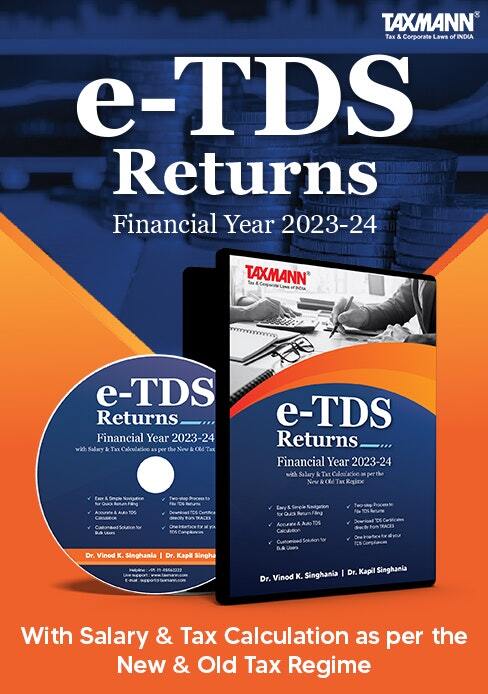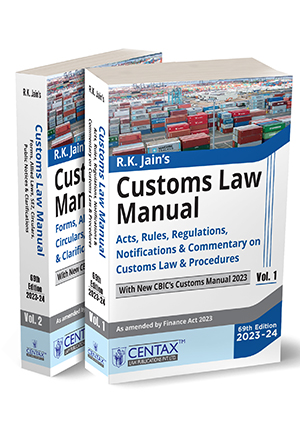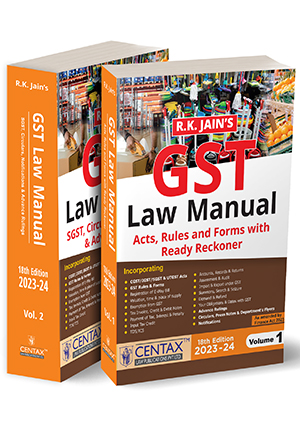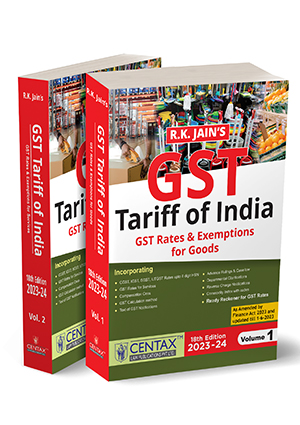International Financial Reporting Standards in Accounting
- Blog|Account & Audit|
- 2 Min Read
- By Taxmann
- |
- Last Updated on 28 May, 2022
How much adoption is there for IFRS around the world?
Now around 120 nations require IFRS for their domestic listed companies. There are more 90 countries which have fully confirmed with IFRS as promulgated by the IASB and include the statement with acknowledgement for conformity in their audit reports. And many more countries have plans to transition to converge their national accounting standards with IFRS.
IFRS vs GAAP:
IFRS Conceptual Framework Includes–
- The objective of general purpose of financial reporting.
- The qualitative characteristics of useful financial information.
- A description of reporting entity and its boundary.
- Definition of an asset, liability, equity, income, and various expenses and guidance to support these definitions.
- The criteria for including assets and liabilities in financial statements (recognition) and guidance on when to remove them (de-recognition).
- The measurement bases and guidance on when to use them.
- Concepts and guidance on presentation and disclosure.
- Concepts relating to capital and capital maintenance.
Disclaimer: The content/information published on the website is only for general information of the user and shall not be construed as legal advice. While the Taxmann has exercised reasonable efforts to ensure the veracity of information/content published, Taxmann shall be under no liability in any manner whatsoever for incorrect information, if any.

Taxmann Publications has a dedicated in-house Research & Editorial Team. This team consists of a team of Chartered Accountants, Company Secretaries, and Lawyers. This team works under the guidance and supervision of editor-in-chief Mr Rakesh Bhargava.
The Research and Editorial Team is responsible for developing reliable and accurate content for the readers. The team follows the six-sigma approach to achieve the benchmark of zero error in its publications and research platforms. The team ensures that the following publication guidelines are thoroughly followed while developing the content:
- The statutory material is obtained only from the authorized and reliable sources
- All the latest developments in the judicial and legislative fields are covered
- Prepare the analytical write-ups on current, controversial, and important issues to help the readers to understand the concept and its implications
- Every content published by Taxmann is complete, accurate and lucid
- All evidence-based statements are supported with proper reference to Section, Circular No., Notification No. or citations
- The golden rules of grammar, style and consistency are thoroughly followed
- Font and size that’s easy to read and remain consistent across all imprint and digital publications are applied






Comments are closed.